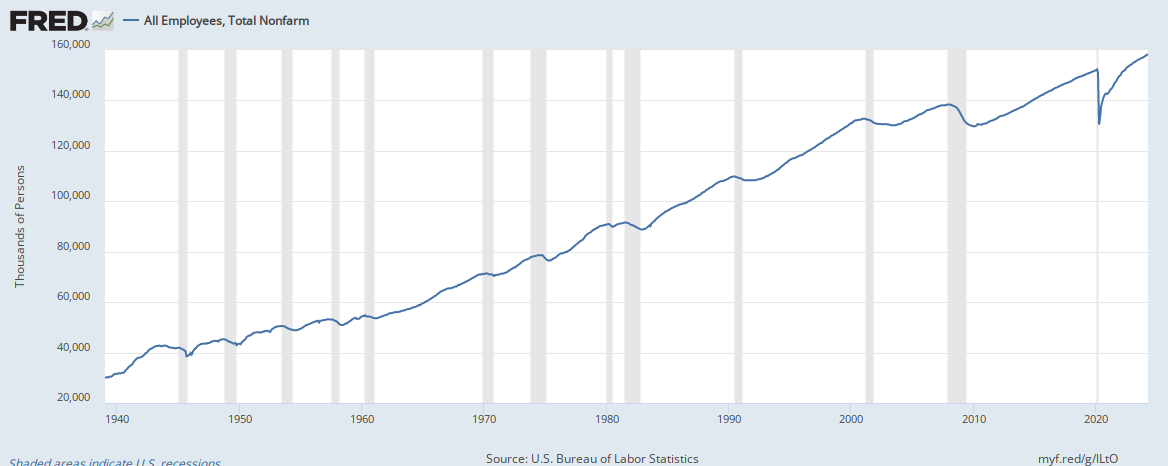The addition of 120,000 jobs in March was much less than expected. The consensus was for an increase of 201,000 jobs and for no change in the unemployment rate. From the US Bureau of Labor Statistics March 2012 Employment Situation:
Nonfarm payroll employment rose by 120,000 in March, and the unemployment rate was little changed at 8.2 percent, the U.S. Bureau of Labor Statistics reported today. Employment rose in manufacturing, food services and drinking places, and health care, but was down in retail trade.
This was a disappointing report, and many analysts will liken the March slowdown to the one experienced last spring when the US economy was impacted by everything from the DC debacle to rising gas prices and the Japanese tsunami. While it is true that rising gas prices are eating into consumer spending, this is only one month of data, and the April report will be followed very closely to see if more robust job growth resumes.


The US economy added 120,000 payroll jobs in March, down from the average of 246,000 in the past three months. The private sector added 121,000 jobs and the government sector was essentially flat. Despite the small number of jobs added, gains were widespread. Job losses occurred primarily in retail trade. Manufacturers added 37,000, and factory employment has risen by 470,000 from its low point in January 2010. Leisure and hospitality and health care employment rose as did employment in professional and business services which has added 1.4 million jobs since September 2009.
A large number of workers still remain only marginally employed. The broadest measure of labor underutilizaton (U-6) which includes part time workers and marginally attached workers declined to 14.5% in March.
From the BLS:
The number of persons employed part time for economic reasons (sometimes referred to as involuntary part-time workers) fell from 8.1 to 7.7 million over the month. These individuals were working part time because their hours had been cut back or because they were unable to find a full-time job.
This is a large improvement, but the 7.7 million number is still extremely high and barring a strong April report will support the argument for additional monetary stimulus.
– Carl Bonham





